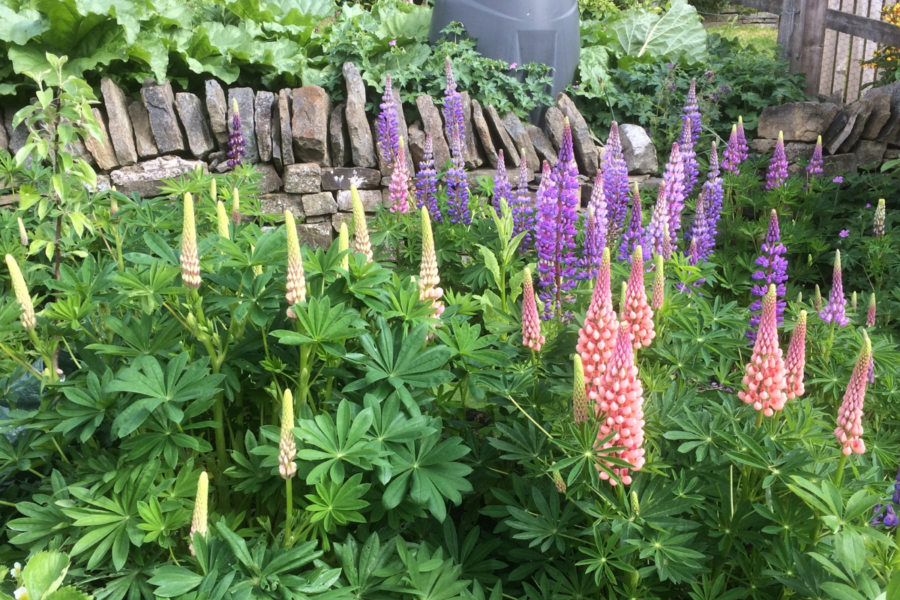Finding ‘the wow factor’ with homegrown plants from seed
You can call me thrifty, frugal or penny-pinching about the way I try and grow everything from seed but the truth is also I do not embrace spending a fortune on plants imported from abroad to create a ‘quick fix’ garden. I simply can’t ignore the impact such a form of gardening is having on climate change. Also I think growing where you can plants from seed also provides more hands-on learning when it comes to the growing of vegetables, fruit and flowers, and a subsequent living, breathing eco-system on your back doorstep. There’s the real wow.
My first ever ‘wow moment’ was the time I decided to grow rhubarb from seed. Though Carol, my wife, is not a fan of rhubarb, I love it as a dessert, chutney, and used to make schnapps. Rhubarb is a fascinating and exotic plant that is found in Asia, in the cold stretches of Siberia, and in the river deltas of China. It is a well travelled plant which the Romans introduced here, where it was initially used as a laxative. It is also poisonous, the roots can kill, as can the leaves and this month, July, is the time old gardeners would advise not to pull any more stalks, and there is good scientific reasoning for this.
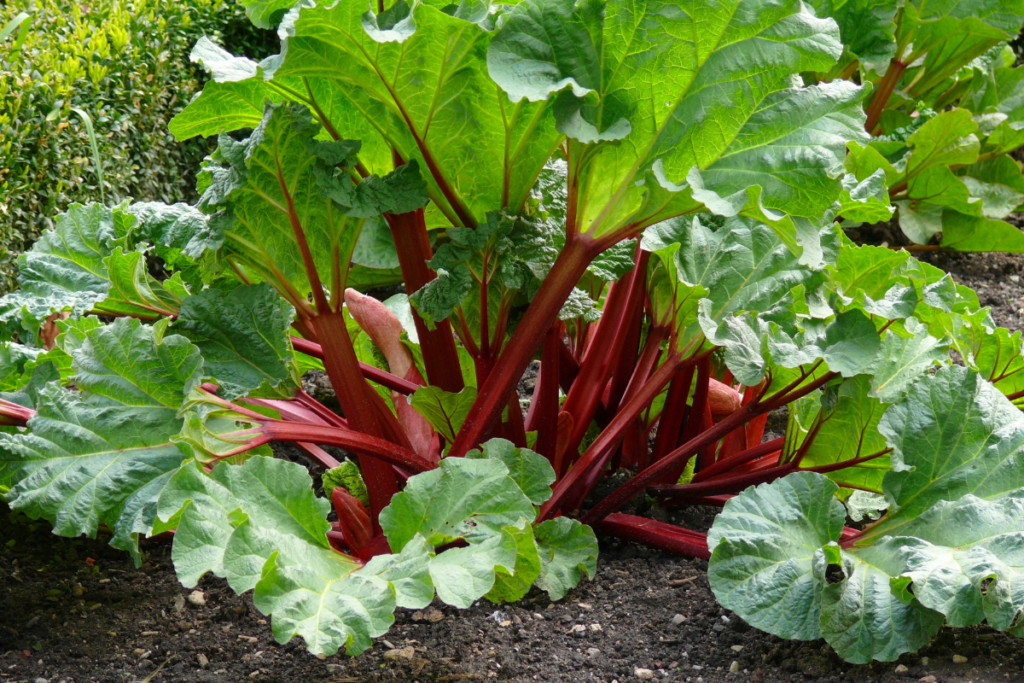
Oxalic acid is the killer in rhubarb and in spring it travels up the stems to form the leaves and in July, the journey is reversed as the acid returns to the roots to help build them up for winter. I was always told never to pick rhubarb after the second week in July. It is good practice on all perennial vegetables to let them rest in the second half of the summer to build up the plant for future years.
When I first sowed rhubarb from seed it was a matter of soaking the seed for several hours. I sowed 100 of them, believing that the germination rate would be low. I mean, who sees rhubarb in the wild? Within a month I had 100 rhubarb seedlings and then 100 crowns. I now use them not just as an edible but as a substitute for slug-eaten hostas.
My love for ‘Russell’ lupins

Over this past wet winter, I lost all my lupins and the idea of being lupin-less almost made me rush for the garden centre like some bizarre re-imagining of Dennis Moore from Monty Python, shouting ‘Give me your lupins!’ – but I didn’t. Lupins can be sowed in summer for a display next year and growing them during those warm months means germination is high and I can grow strong plants, into autumn, that I can leave in pots during another possible wet winter.
I have tried many varieties of lupins, from ‘Band of Nobles’ to ‘Chandelier’ but I always find myself drawn back to the beauty of ‘Russell’ lupins. I love the history of these plants, developed by the jobbing gardener, George Russell, on his allotment in York. He spent a lifetime developing the best lupins and in 1937, set the gardening scene on fire with the lupin that we know today. George wasn’t a celebrity, wasn’t famous, he was someone who saw the potential of lupins and I for one, love the way they fill my garden from May to July.
Getting to know Nepeta
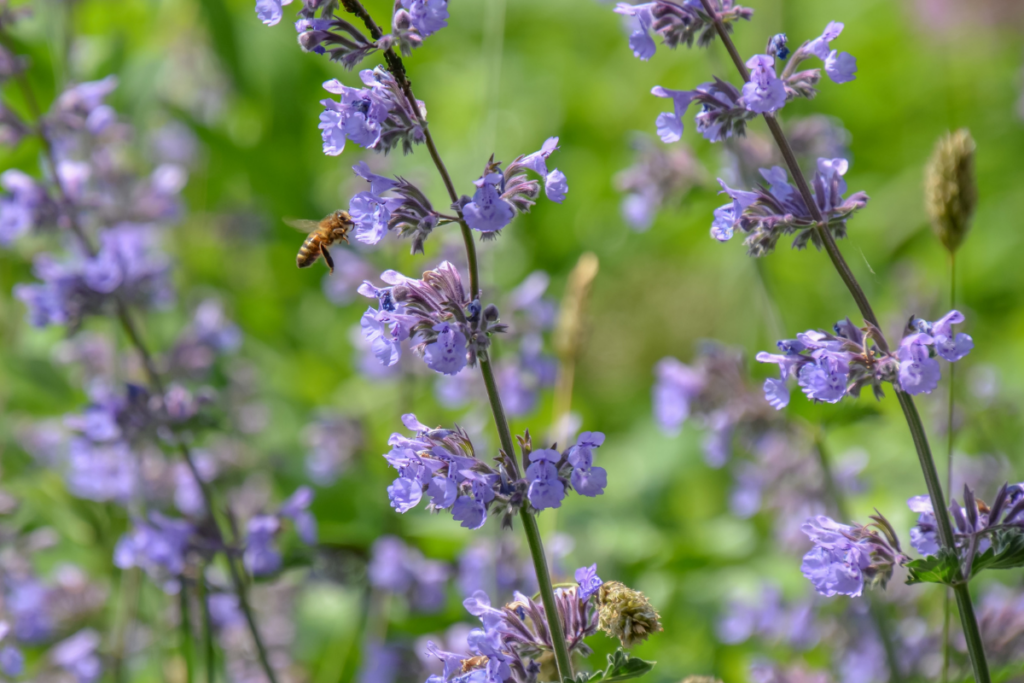
Nepeta is also one of those plants that are underrated in the garden. I started to grow them a few years ago when my soil proved impossible for lavender. I had by then done everything to grow lavender from cuttings and from plug plants, and had added so much grit to my soil that when we removed the old retaining wall, the first two feet of topsoil simply poured away. I love lavender and how it attracts bees and butterflies, but life is too short to keep banging my head against gritty ground.
I came across Nepeta on an allotment, where the owner grew it because it would ‘bring in all the bees around town’ and when I saw it at the height of summer it was thrumming with pollinators long after the lavender at home had given up the ghost. Nepeta quickly became my substitute lavender plant and as there are around 250 different types at hand to grow, I had plenty from which to choose.
Location, location, location
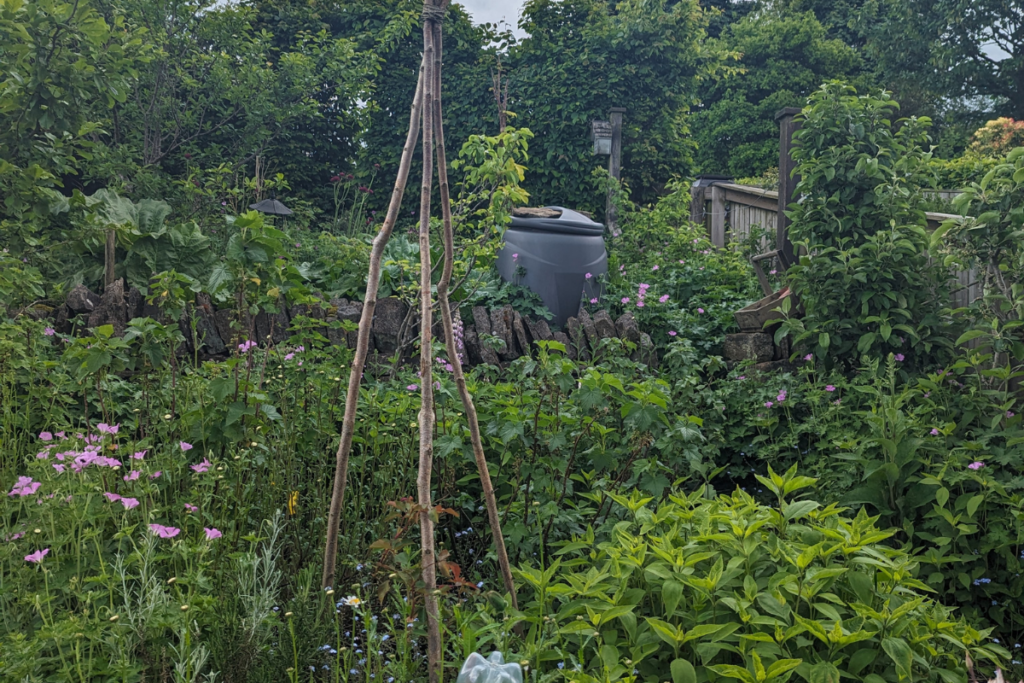
Likewise, there are around 100 rhubarb types and there are around 200+ lupin types in the world, that simply means for every plant that fails, there is seed out there that won’t. That is the beauty of sowing your own, the journey to finding the right plant for you and the story behind it.
There is also another reason for growing perennials from seed, which is that the plants that I have grown from seed in my garden last the longest. A few years ago, I tested this by growing fennel, that wonderful herbal perennial. I grew several plants from seed and selected the best – then I toddled off to the garden centre and bought a fennel of the same size.
They both went in the same bed, in the same conditions. My self-sown fennel romped away and the bought in one sat there and sulked for most of the spring and then in summer it suddenly woke up and took off like a rocket, surpassing my seed-sown one in height and width. When winter came, both plants died back, their hollow stems rattling in the wind. Then spring returned and the bought fennel was nowhere to be seen, whereas the one grown from seed came back. In its second year it grew bigger and wider than the shop bought one, and the following year spread its seed all over the garden. That fennel has now been responsible for pockets of self-sown fennel in my garden and my neighbour’s, it’s even in the path outside the cottage! Do not underestimate the power of seed sown in the location it is going to be grown in.
The unexpected perennials
For every perennial vegetable and flower, there are hidden perennials right under our nose that we don’t know about. The chilli plant is actually a perennial in warmer climes but in the UK is often killed off by the first frosts. I have, in the past, overwintered one or two chillies on a south facing windowsill and in the second year have had abundant crops. I have had pots of overwintered chillies groaning at the seams and against plant supports in their pots. There are perennial rocket salad leaves which will grow under glass all year, every year. There are herbs that sit happily in pots – and there will be some out there for you too.
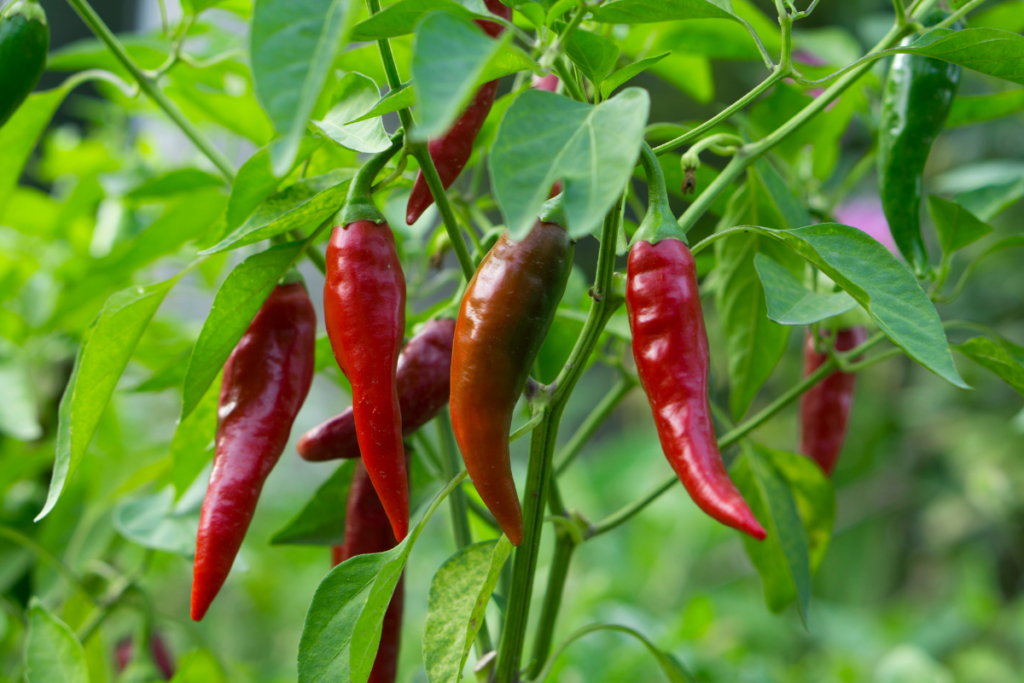
I grow plants from seed not because I am penny pinching or being frugal, I grow from seed because it opens up a landscape in horticulture that many of us never visit. When you invest in a plant, from the seed onwards, you invest not just in your garden but in a thriving, hardy, exciting ecosystem that you are woven into.

BIO
Andrew Oldham is a self-sufficient(ish) gardener who believes in the joy of down-to-earth growing and cooking. He lives high on the Saddleworth hills with his family at Pig Row. Find him on all social media platforms as @lifeonpigrow
Find more tips, advice and articles like this at the Amateur Gardening website. Subscribe to Amateur Gardening magazine now

